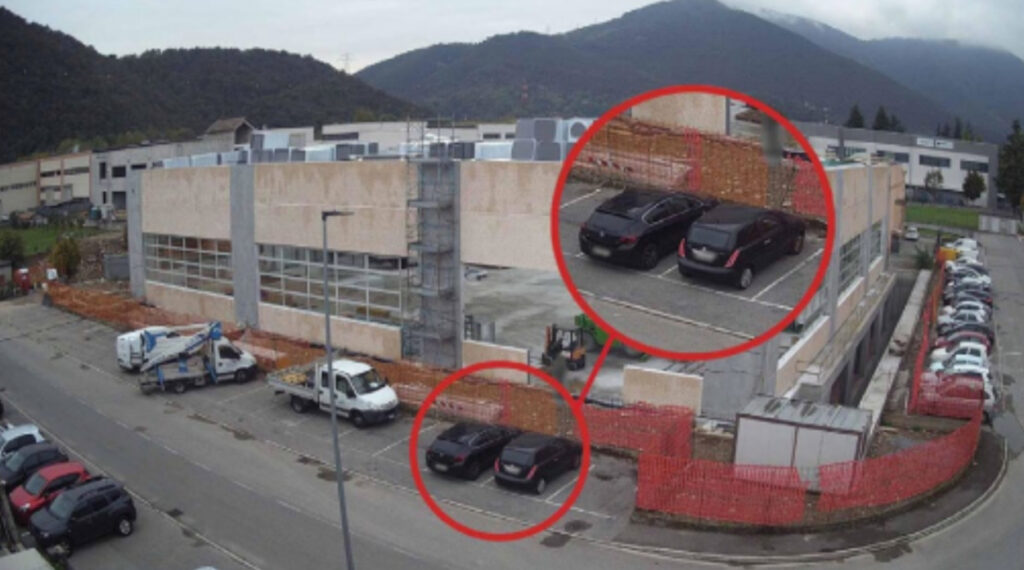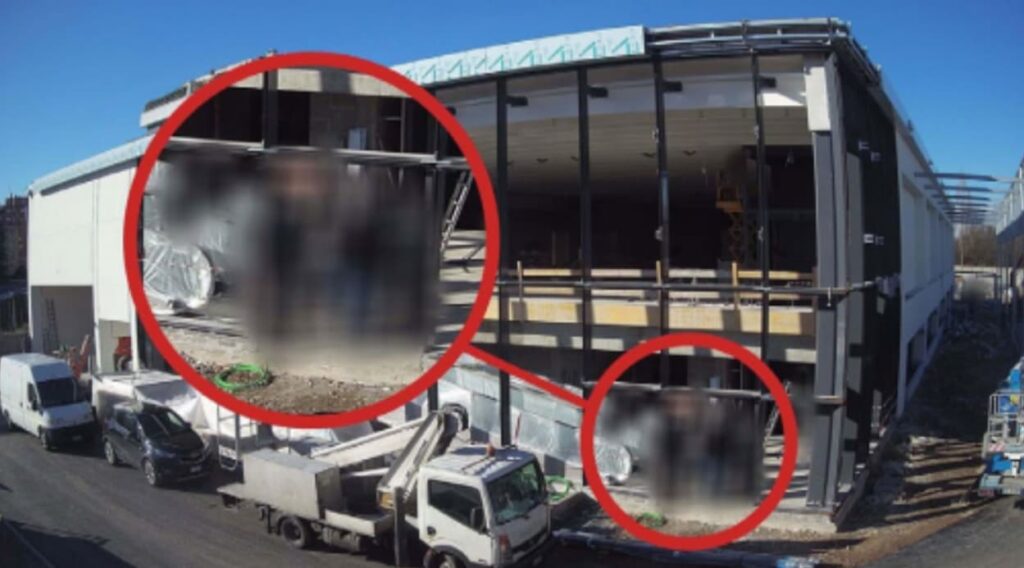The General Data Protection Regulation (GDPR), implemented in 2018, revolutionized data protection across various industries. Construction site monitoring is no exception to GDPR’s regulations, as it involves the collection and processing of personal data. To avoid hefty fines and protect individuals’ privacy, construction companies must prioritize GDPR compliance.
Understanding GDPR compliance in construction site monitoring
GDPR is designed to safeguard individuals’ personal data, ensuring transparency, security, and control over their information. Compliance with these regulations establishes trust between organizations and their stakeholders. By adhering to GDPR requirements, construction companies can mitigate legal and reputational risks associated with data breaches or non-compliance.
Non-compliance with GDPR can result in fines of up to €20 million or 4% of the company’s global annual revenue, whichever is higher.
In order to avoid any type of fine, it is also important to rely on companies that offer a product which is regularly updated according to the latest legislation, since GDPR is constantly changing.

Data collection and processing
In construction site monitoring, various types of data are collected, such as video footage, biometric data, and identification information. It is essential for companies to establish a legal basis, such as legitimate interest or explicit consent, for collecting and processing this personal data. Additionally, adhering to the principles of data minimization and purpose limitation ensures that only necessary data is collected, reducing the risk of non-compliance.
Navigating GDPR in construction site monitoring
Following GDPR compliance in a construction site monitoring involves managing and protecting personal data collected through surveillance systems, such as CCTV cameras, on construction sites. From employee information to the blurring of faces captured in images or videos, companies must adhere to GDPR principles to avoid legal consequences and uphold privacy standards.
How to ensure GDPR compliance in construction site monitoring?
Blurring faces and personal data
To align with GDPR requirements, companies can implement privacy solutions such as blurring techniques on surveillance footage. This process ensures that identifiable information, such as faces, car plates, surrounding areas and other personal data, remains obscured. By adopting this practice, construction companies strike a balance between effective site monitoring and protecting the privacy of individuals captured on camera.

Robust data encryption
Another essential measure is the implementation of robust data encryption protocols, which means that readable data (plaintext) will be transformed into an unreadable format (ciphertext) using a specific algorithm and an encryption key. This safeguards data transmitted and stored during construction site monitoring. Encryption adds an additional layer of security, making it significantly harder for unauthorized parties to access or exploit sensitive information.
Strict access controls
Limiting access to personal data is a cornerstone of GDPR compliance. Construction companies should implement strict access controls, ensuring that only authorized personnel have access to surveillance data. This not only prevents potential data breaches, which according to the 2018 study report by IBM Security and Ponemon Institute has an average direct financial cost of $3.86 million, but also aligns with the principle of data minimization, where access is granted only to those who genuinely need it for specific purposes.
Conclusion
In conclusion, companies involved in construction site monitoring need to be very careful and make sure to follow the GDPR compliance. They must ensure that they have a legal basis for collecting and processing personal data, have obtained explicit consent from individuals, have implemented appropriate technical and organizational measures and use the right privacy solutions, in order to avoid hefty fines and penalties.
We are able to offer a GDPR compliant service. Contact us to find out how we can help you!
Phone: +39 3478247830 / +39 03761811478
E-Mail: info@timelapselab.it
FAQ
The GDPR, implemented in 2018, revolutionized data protection by ensuring transparency, security, and control over personal data across various industries, including construction site monitoring.
Non-compliance with GDPR can result in fines of up to €20 million or 4% of the company’s global annual revenue, whichever is higher. It is crucial for construction companies to prioritize GDPR compliance to avoid legal and reputational risks.
Construction companies can navigate GDPR compliance by managing and protecting personal data collected through surveillance systems, such as CCTV cameras, by adhering to data minimization principles and establishing a legal basis for data collection.
To ensure GDPR compliance, construction companies can implement privacy solutions such as blurring techniques on surveillance footage to obscure identifiable information like faces and car plates. Robust data encryption protocols and strict access controls are also essential measures to safeguard personal data.
Construction companies can ensure GDPR compliance with monitoring cameras by relying on companies that offer regularly updated products adhering to the latest legislation. Implementing privacy solutions like blurring faces and personal data, robust data encryption, and strict access controls are key steps to align with GDPR requirements and protect individuals’ privacy.